Yesterday when I stopped by Swan Lake, I did not see the Pied-billed Grebe I had first observed two days ago. As my photos from the first time I saw it were not exceptional, I thought it might be nice to look for the grebe again today and possibly try for some better photos.
When I first arrived, I scanned the lake a couple of times, with and without binoculars, but did not see the grebe anywhere. It was a cool, but pleasant afternoon, so I sat down on one of the benches to wait and see. As I periodically glanced around, I happened to catch the ripples created by a diving bird right in front of the vegetation off the end of the peninsula. Since I had not seen the grebe, I assumed a scaup had come in close, as I had seen them do this before. However, when the bird popped back up again, I saw it was the grebe. I was a little puzzled, as I had not seen the grebe, despite looking for it, and I could not figure out how it could have moved in from far off without me seeing it.
The angle of light was poor for taking pictures where I was at, so I moved over to the edge of the water a short distance away. As I did so, the grebe retreated back into the vegetation behind the metal moose and disappeared. I sat there for about 10 minutes before the grebe swam out from behind the vegetation. It seemed a little puzzled by my presence, and it hesitated for a few moments in front of the vegetation where I had seen it a short time earlier. Finally it seemed to decide that I was of questionable moral fiber, and it did not want hang around with me, so it swam over to the pond-lily and buckbean remains north of the peninsula. I watched it through binoculars from a distance as it was diving and occasionally bringing up small fish.
After about 15 minutes of fishing, it started back toward the vegetation where it had been hiding. Along the way it passed a couple of Mallards and gave one of them a gratuitous nip with its bill. The Mallard seemed a little surprised and scooted off a short distance to give the grebe some space as it swam by. It went back to what seemed to be its preferred hideout in the vegetation behind the moose. However, it chose a route led it behind the sedges and such, so I did not get such a good look at it.
I’ll briefly interrupt the narrative here for a demonstration of just how effectively this Pied-billed Grebe is at disappearing. Click on the thumbnails below to test your ability to find the grebe.
Relatively easy
Not so easy.
Those photos were comparable to what it was like looking without binoculars. With binoculars it was quite a bit easier to find the bird (at least when I knew where it was to start with). Here are crops of the last two photos above.
Note the main difference is in the field of focus. Part of the problem with finding the grebe is the eye tends to focus on the vegetation rather than behind it.
As the grebe made its final approach toward the moose, an American Coot followed right on its tailfeathers. The coots like the same hangout, and apparently this one was not thrilled with the interloping grebe. They had some words which, in the common language of these two species, seemed to consist of swimming around each other like wary fighters and making an occasional lunge with the bill to nip at ones opponent. Although it is not a particularly large bird, the coot had a distinct size advantage over the grebe. The grebe seemed to realize this, so it backed down and let the coot take its position. At least that’s what I thought at first. Moments after the coot had relaxed and turned away from the grebe, the grebe struck back with a pretty good nip at the flanks of the coot. This got the coot moving, and as the birds seemed to be getting worked up again, the second coot came in, since apparently these coots have each others backs.
The grebe did not stand much chance in a direct confrontation with both coots, each of which was a larger bird. Surely this time the grebe would accept that the coots ruled this roost. Pied-billed Grebes don’t think like I do, however. At least this one doesn’t. It only took a few seconds and the grebe saw its opening. The coots had let their guard down, and the grebe struck with a pretty fierce goosing of the nearest coot. As the stricken coot went scurrying across the water, the grebe turned and went after the second coot with no less aggression. This sneak attack was too much for the coots and they decided to retreat, swimming out toward the open water and leaving the moose hideout to the grebe.
This time the grebe stayed hidden for less than 5 minutes before swimming out again. As it swam past the coots, they each seemed to warily give each other some space, but the grebe was just moving through. It proceded to what seemed to be preferred fishing grounds and started fishing again. After a while it started preening and seemed as if it would rest there. It was at this point I decided it was time for me to leave.
I actually had to laugh at the grebe’s aggressive, and sometimes unprovoked, actions toward the other birds. The Birds of North American on-line account of Pied-billed Grebe behavior suggests that these birds are very territorial, especially toward other grebes, but they also have been known to attack many other waterbird species including Canada Goose(!?) and American Coot. The account suggests that paired birds, especially males, are aggressive even during winter, though not as much as during breeding season. As far as I have seen, there is only one grebe on Swan Lake, and I would think whatever territory it might have is a long way from here. In any case, this seems to be one ornery bird.

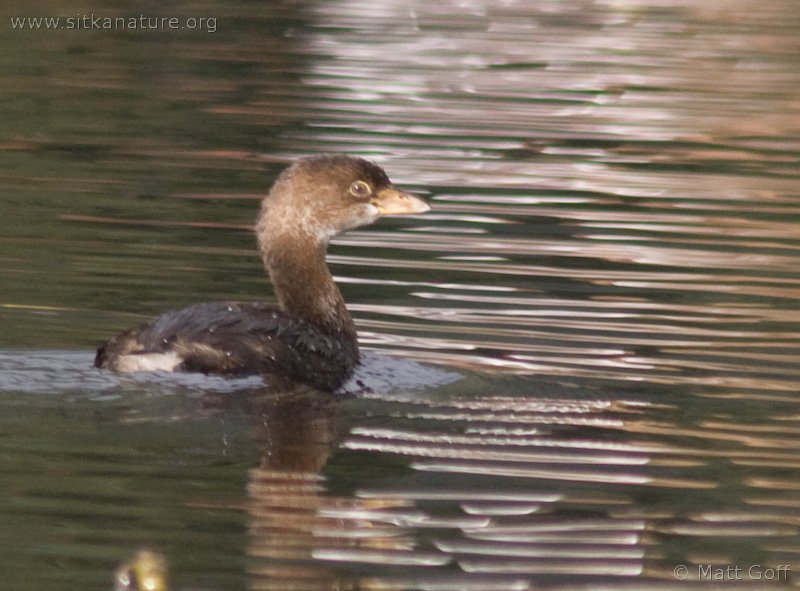
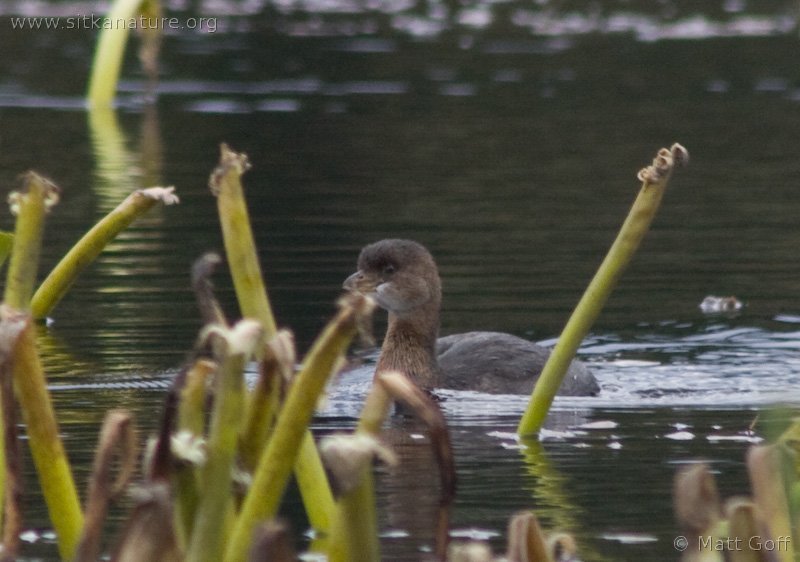
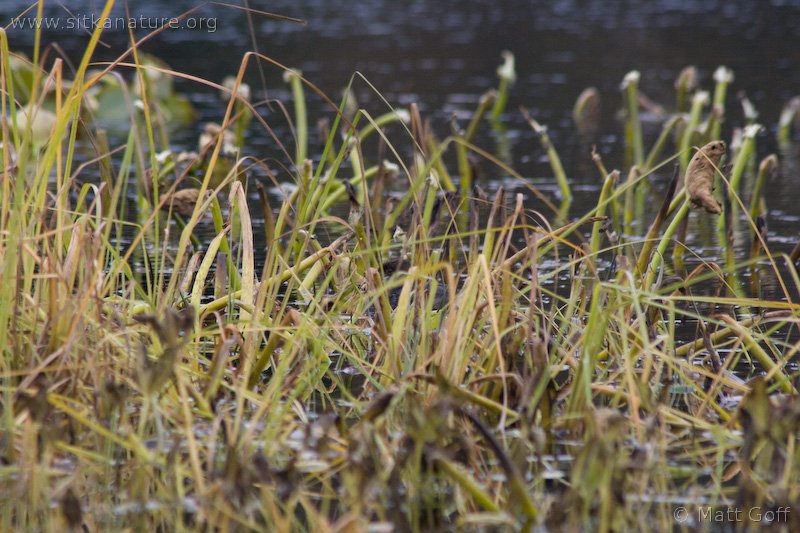
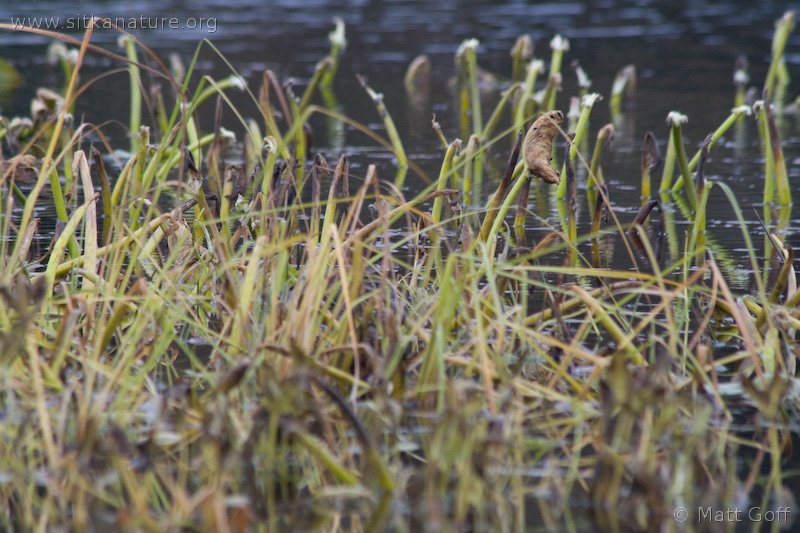
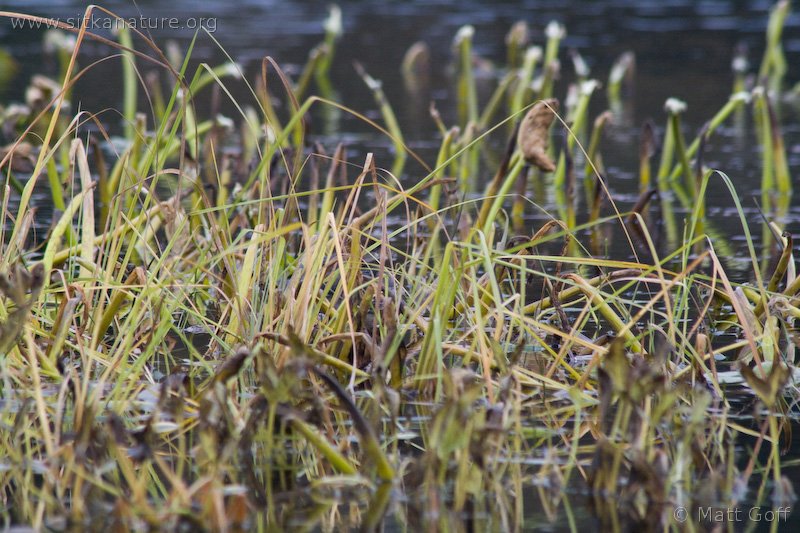
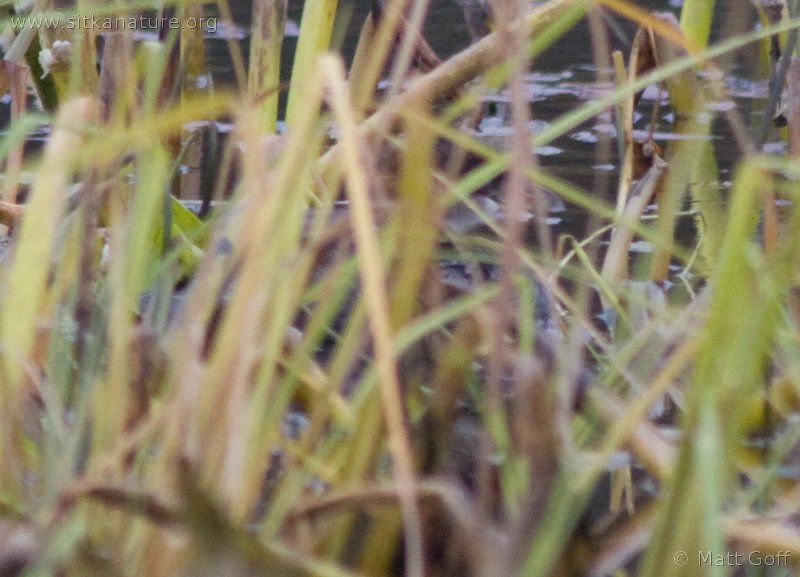
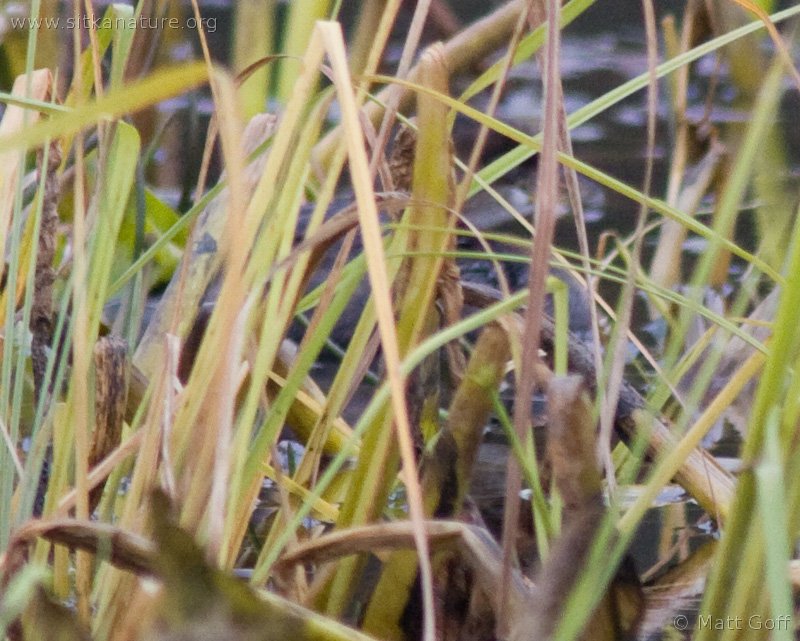
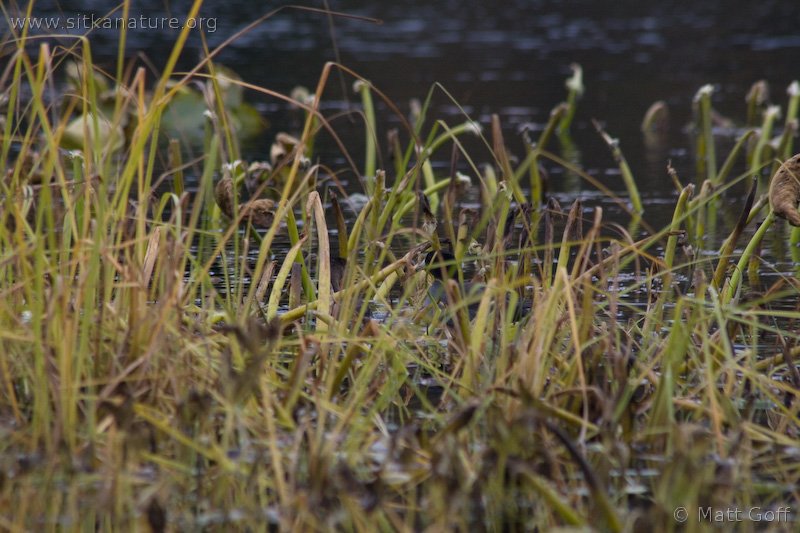
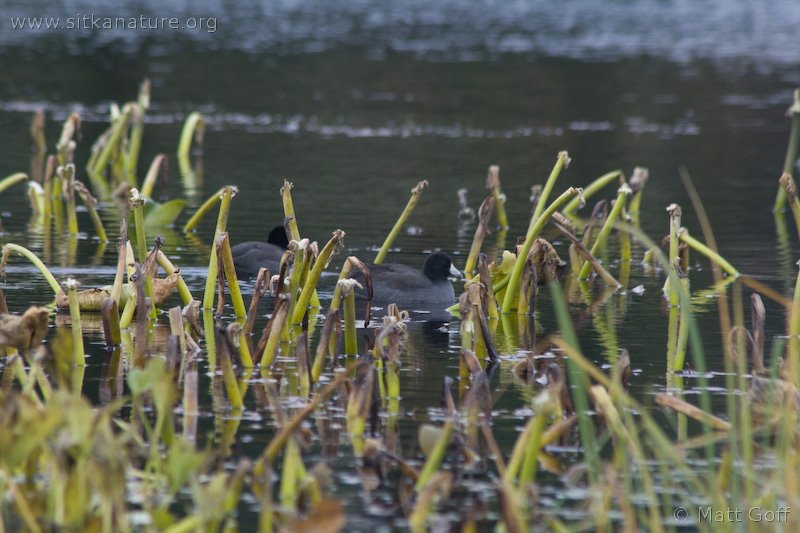
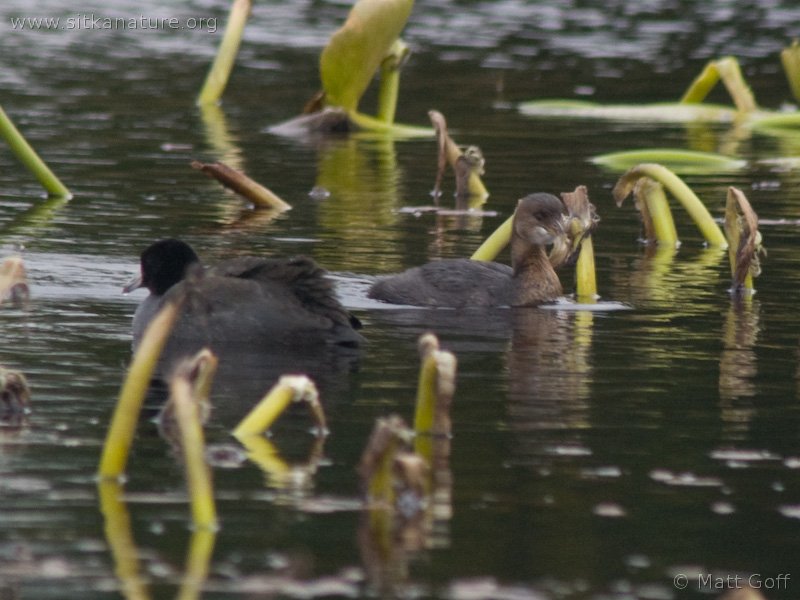
Great description of some pretty fascinating interaction. And it really is amazing how quickly Pied-billeds can disappear. I’d love to see one take on a Canada Goose!
Great story. The Pied-billed is one of my favorites, although I have not observed as much behavior as you have illustrated. Thanks.